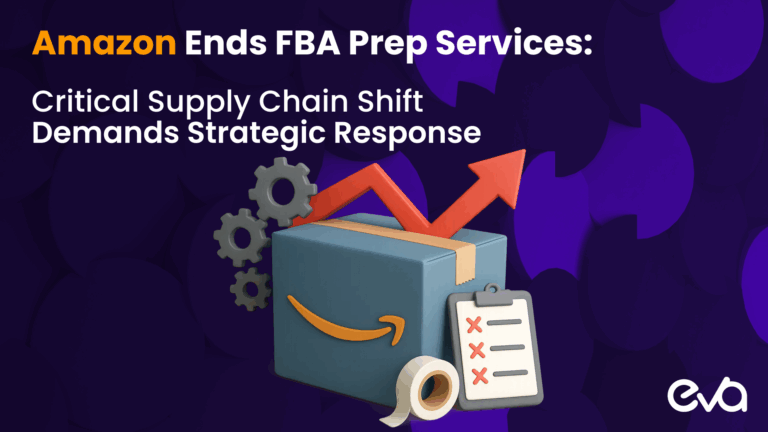Walmart’s e-commerce momentum is undeniable. The retail giant reported global e-commerce sales growth of approximately 22% year-over-year in Q1 FY2026, with its U.S. marketplace posting double-digit growth following a remarkable 34% year-over-year surge in Q4 FY2025. These figures underscore a fundamental shift in how consumers interact with the Walmart brand – increasingly through digital channels that extend far beyond the traditional big-box store experience.
The marketplace itself has become a juggernaut, now hosting around 420 million items, with 95% sourced from third-party sellers. This represents a 30% jump in active sellers in early 2025 alone, transforming Walmart from a traditional retailer into a sprawling digital ecosystem that rivals Amazon’s marketplace reach.
The Omnichannel Revolution
What sets Walmart apart in the marketplace race is its unique omnichannel advantage. The company is leveraging its 4,600 physical stores as fulfillment hubs, offering services like free pickup and rapid delivery that pure-play e-commerce platforms simply cannot match. This integration of physical and digital infrastructure is proving particularly attractive to high-income households, who Walmart reports are driving much of its online growth.
The retailer’s advertising arm, Walmart Connect, is experiencing explosive growth as well. Ad revenue jumped 50% year-over-year in Q1 2026 (31% excluding the Vizio acquisition), as brands recognize the value of reaching Walmart’s massive customer base. The integration with Vizio SmartCast is opening new frontiers in connected TV and streaming advertising, giving sellers access to sophisticated retail media capabilities.
Walmart’s marketplace expansion isn’t limited to traditional product categories. The platform is actively courting premium beauty brands, collectibles dealers, and pre-owned goods sellers, diversifying its offering in ways that would have been unthinkable just a few years ago. Cross-border commerce is another growth frontier, with the Seller Center now supporting sales to Canada, Mexico, Chile, and other international markets.
However, this rapid expansion creates significant operational challenges for sellers. The marketplace’s explosive growth means brands must compete not just on price and product quality, but on sophisticated fulfillment metrics including delivery speed and error rates. The complexity of managing inventory across multiple fulfillment options – including Walmart Fulfillment Services (WFS), store pickup programs, and self-fulfillment – requires expertise that many brands lack internally.
This complexity has created a robust market for comprehensive marketplace management services. End-to-end solutions that handle everything from product onboarding and listing optimization to inventory coordination and advertising management are becoming essential for brands that want to maximize their Walmart marketplace potential without drowning in operational details.
These services address critical pain points that have emerged as the marketplace has scaled. With millions of SKUs to optimize and an increasingly international seller base that includes many foreign brands, maintaining brand consistency and meeting Walmart’s stringent performance requirements demands specialized knowledge and dedicated resources.
The integration of new seller tools, such as Walmart’s “Customer Favorites” metric and enhanced dashboards, provides valuable data insights but also adds another layer of complexity that brands must navigate to stay competitive.
As Walmart continues to invest heavily in its omnichannel strategy and marketplace infrastructure, the retailers positioning itself as more than just another sales channel – it’s becoming a comprehensive growth platform for brands at scale. The combination of massive reach, sophisticated fulfillment capabilities, and growing advertising opportunities creates compelling value propositions for established brands.
However, success in this environment increasingly requires strategic partnership with services that understand both the technical requirements and business nuances of Walmart’s ecosystem. As the marketplace continues its torrid growth trajectory, brands that can effectively navigate its complexities while maintaining operational excellence will be positioned to capture outsized returns from one of retail’s most dynamic growth engines.
The question for many brands is no longer whether to engage with Walmart’s marketplace, but how to do so effectively at scale. In this context, full-service marketplace management isn’t just a convenience – it’s becoming a competitive necessity.









